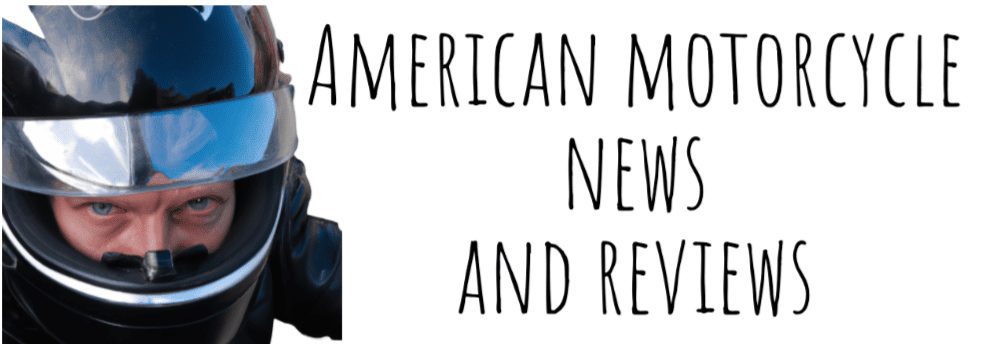Using a motorcycle can be fun to get around the city and generally enjoying your time on the road. However, one of the best things that come with owning a motorcycle is that you can paint it however you like and give it a complete make over using a spray gun and or enamel aerosol paint.
But if you don’t have any experience working with spray putty or about the filling and sanding process or the painting process, this guide will tell you everything that you need to know to get started.
Here is a quick guide on how you can work on your old paint and give your bike a new and more durable finished surface.
What is a primer and why is it necessary for a paint job
When you are adding a paint layer to your bike, you want to make sure that you are using the right materials. for the pain, you want to paint with good spray putty coverage, and for the primer, you want to one that can keep the paint finish intact.
There are two types of primer that you can find at your local auto body supplier that can give an excellent final paint finish product: etching and non-etching.
Etching
Etching primer is one type of spray paint that you will find very often at dealerships since it has a better time sticking to the surface of the vehicle. Even with a single paint coating, the body filler can easily make proper contact with the bare metal. Therefore, your motorcycle painting efforts will shine even brighter.
Non-Etching
While etching can contain acid to react to the body and properly stick effectively, non-etching spray does not contain acid. Even though it does mean that the paint is less effectively sticking to the surface of your motorcycle, the truth of the matter is that it can do a good job of not damaging the body itself.
A smooth surface for a smooth coat
If you want a clear coat of paint on your bike, you want to make sure that you first decide on the type of material that you will be spraying on, so that you can get a primer or paint specifically for it.
Aerosol paint falls into the category of all sorts of paint that can be used on a variety of surfaces. However, the downside is that it can be flammable.
Rust or no rust
The next thing that you should consider is if the surface has rust on it. One of the worst things you can deal with is rust, since it can quickly ruin the rest of your paint.
So if you are painting over rust, you want to paint with an etched primer, which can better stick to the rusted metal. But if the metal surface you are painting on is smooth, you can use either of them, but you need to be especially careful as you don’t want to ruin the paint. Make sure that you read the instructions before you go about painting.
How to apply primer to your motorcycle
Before you can go about applying paint to your motorcycle, you want to make sure that you properly apply primer to the surface first. You will always struggle to keep your paint on your bike without better primer.
So before you can start putting the paint on your bike, here is a guide on how you can apply primer.
Sand down the entire surface
First take your sanding paper the and start sanding down the entire surface of your motorcycle that you want to paint. This is an essential step, since it can help the primer stick better to the surface of your bike.
Apply a thin coat of primer
After sanding down the entire surface, you want to start applying a thin layer of primer to make the surface is ready for you to start painting.
Let Primer Dry
Now that you add primer to the primed surface, you can now let the surface dry completely. If you try to paint on the wet surface, you will notice that the paint also does not stick.
Start working with a spray gun and paint thinner
Now that you have your primer on your metal surface, you can start applying your paint with the help of a spray gun. The fuel filler that you choose to use is not very important, and you can tape over the parts of your bike that you don’t want to paint with cheap domestic masking tape.
Start applying the paint on your bike one coat at a time until it gives you a rich color. After you paint the first layer, you want to make sure you let it dry before you can put on another. Then it would be best if you repeated this until you get the color you wanted.
Put on the final clear coat
After you add the desired coats to your bike, you want to add a final coat of paint to make sure that it all sits nicely throughout your bike. While it might seem like it is a lot of work, the truth of the matter is that your bike does look a lot better for it.
Besides, not only does a clear coat protect your paint from scratches and debris, it can also give your bike a very glossy and nice finish.
The advantages of applying the primer to your bike
Applying a good primer to your bike is essential to add to any bike, since it can effectively make the surface of the bike much smoother, and can even allow for the paint to stick for much longer.
The primer can even help even out the surface of your bike since it can effectively fill out the scratches of hole in your bike. Therefore, it is a great way for you to start taking care of your bike to make sure that you have a good-looking bike.
